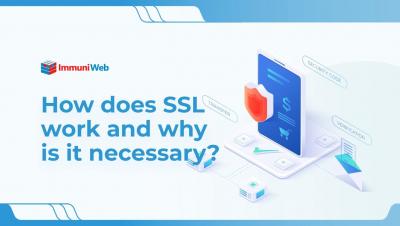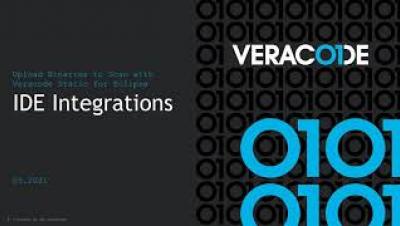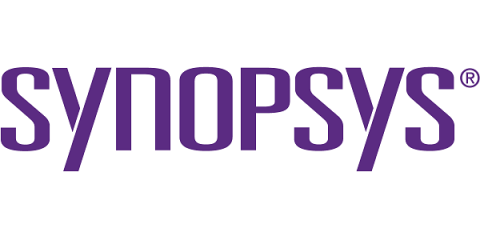Security | Threat Detection | Cyberattacks | DevSecOps | Compliance
Testing
Web application security explained: reviewing WAS testing, best practices, and tools
In today’s corporate environment, business is predominantly conducted online. Most organizations have a website or some type of web application that functions as the hub of their online operations.In today’s corporate environment, business is predominantly conducted online. Most organizations have a website or some type of web application that functions as the hub of their online operations.
Secure Software Development: How to Check Your Code
You can't compare SAST tools using only lists, test suites, and benchmarks
There are a lot of challenges one might face when trying to identify the best SAST tool for your team. But how do you measure something that is meant to find unknowns? How do you know if the tool is appropriate for your needs? How do you compare different tools? It’s no wonder that we often get asked, “Does Snyk Code have coverage for the OWASP Top 10?” followed by “How do you suggest we evaluate and compare different SAST tools?”
Shift-Left Testing: What It Is and How It Works
If your development team isn’t yet using shift-left testing, you could be wasting time, money, and energy. Teams that practice shift-left testing are able to identify potential roadblocks early in the process, change scope when needed, and improve design to avoid buggy code. When a bug does occur, it can be identified and dealt with quickly so as not to impact the project later on. Shift-left testing proposes to help agile teams become more agile.
Harnessing security expertise to power SAST and Code Security
Upload Binaries to Scan with Veracode Static for Eclipse
AWS IAM security explained
AWS Policies are a key foundation in good cloud security, but they are often overlooked. In this blog, we take a quick look on some AWS Policies, particularly for Identity and Access Management (IAM), that could become problematic if not properly managed. We'll discuss how they can be used against us to generate attacks like: Ransomware, data exfiltration, credential abuse, and more. Finally, we'll suggest some Open Source tools for cloud policy assessment and pentesting.
How to cyber security: Leverage AST solution data to make risk-based decisions
AST solutions provide insights to help organizations make more-informed decisions about their security investments. By now, everybody is familiar with the fundamental value of using application security testing (AST) solutions. You do security testing as part of a secure software development life cycle, you find security bugs, you fix them, and the software you release has a lower risk of being compromised, interrupted, or otherwise abused by attackers.










